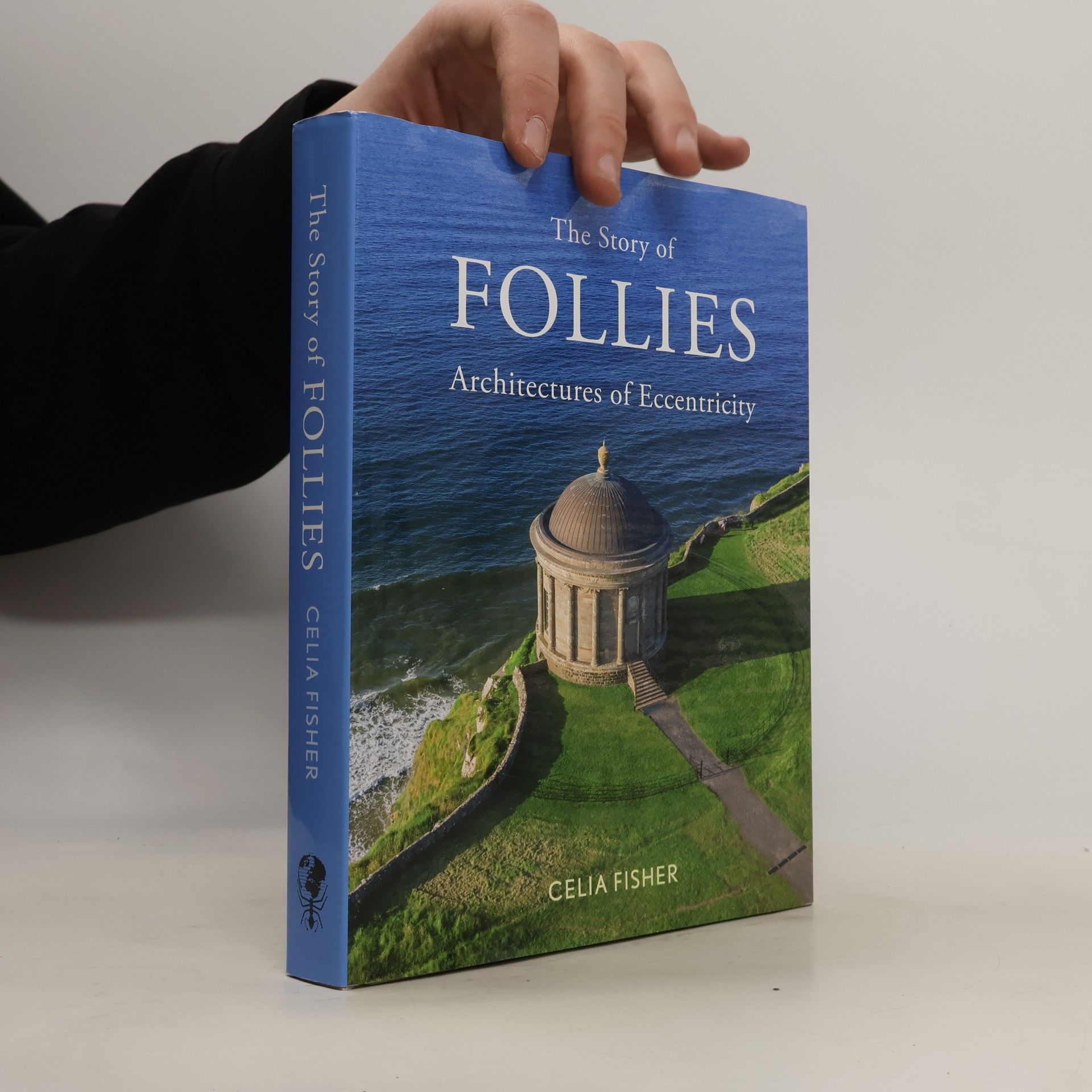This guide examines flowers and fruits in pictures from the 15th to the 19th century. The author explains the symbolic meanings of fruits, flowers and vegetables in paintings from the Middle Ages, when the religious symbolism of plants were part of the Christian heritage, to the 17th century.
Celia Fisher Livres




A beautifully illustrated history of these quirky ornamental buildings in gardens across the globe. Are they frivolous or practical? Follies are buildings constructed primarily for decoration, but they suggest another purpose through their appearance. In this visually stunning book, Celia Fisher describes follies in their historical and architectural context, looks at their social and political significance, and highlights their relevance today. She explores follies built in protest, follies in Oriental and Gothic styles, animal-related follies, waterside follies and grottoes, and, finally, follies in glass and steel. Featuring many fine illustrations, from historical paintings to contemporary photographs and prints, and taking in follies from Great Britain to Ireland, throughout Europe, and beyond, The Story of Follies is an amusing and informative guide to fanciful, charming buildings.
Brueghel, Monet, van Gogh und Georgia O’Keeffe: Celia Fisher – selbst passionierte Gärtnerin und Kunsthistorikerin – zeigt mit ihrer ganz persönlichen Auswahl 40 neue und alte, bekannte und unbekannte Blumenbilder. Sie erzählt Geschichten von Blumen und Künstlern und versteht es so, den Leser zu verzaubern. Die einfachen Schlüsselblumen Albrecht Dürers, die erotischen Blumenmotive von Georgia O’Keeffe oder die prächtigen Blumenbouquets Jan Brueghels – sie alle sind versammelt in diesem faszinierenden Band. Die Autorin zeigt, wie vielfältig Blumen und Blüten dargestellt werden können. In kurzweiligen Texten erläutert Fisher, warum welcher Künstler gerade dieses Blumenmotiv gewählt hat, woher die Blumen stammen und welche Symbolik bzw. Geschichte dahinter steht. Die Auswahl der Bilder ist repräsentativ für die Kunstströmungen ihrer Zeit. Celia Fisher schlägt damit einen Bogen von den Anfängen der botanischen Malerei mit ihren präzisen Naturdarstellungen hin zum abstrakten 'Rosengarten' von Paul Klee. So entsteht ein faszinierender und bezaubernder Überblick über ein Genre der Kunst, das nicht nur durch Orchideen oder Rosen geprägt ist.
Faszinierende Schönheit, die nie vergeht Rosen, Lilien, Tulpen - in den Gemälden der Renaissance sind Blumen allgegenwärtig. Über die dekorative Darstellung hinaus haben sie eine symbolische Bedeutung, die heute kaum noch jemand kennt. In großformatigen Abbildungen und vielen detaillierten Ausschnitten berühmter Renaissance-Gemälde stellt der Bildband mehr als zwanzig Blumenarten in ihrer ganzen Pracht vor und erklärt, was sie uns sagen. Eine Wiederentdeckung der poetischen Sprache der Blumen und eine florale Entdeckungsreise durch die Kunst der Renaissance.